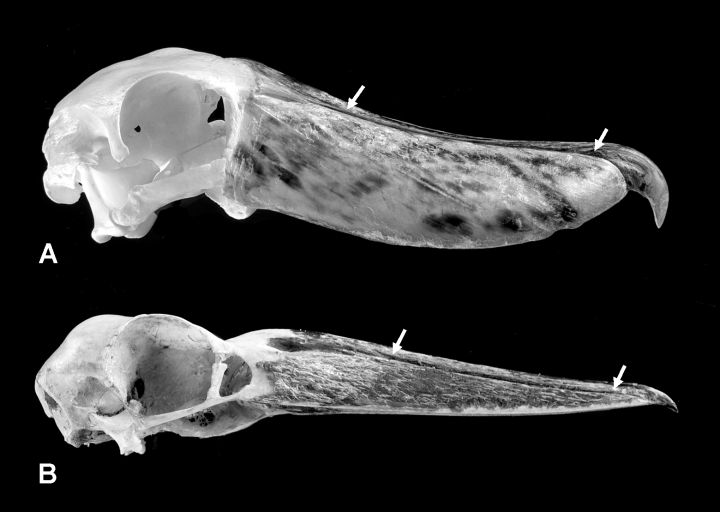
Evolutionary theories and controversies
Phylogenetic affinities

Family: Balaenicipitidae
Genus: Balaeniceps
Order: Pelecaniformes
Controversies about shoebill's order
Shoebill was initially classified under the order Ciconiiformes due to its similar behavior to the other members of the Ciconiidae families (Buxton et al., 1978, cited in Muir & King 2012) like its bill-clattering display which resembles the Up-down greeting display by storks (Slikas 1998).
However, after several molecular studies, shoebill is now classified in the Pelecaniformes order.
Related studies:
1. Mikhailov (1995) found that shoebill's eggshell microstructure is similar to that of Scopus and most Pelecaniformes birds.
2. Tuinen et al. (2001) analyzed the DNA-DNA hybridization data, nuclear and mitochondrial DNA sequences and found that the taxon [Scopidae + (Balaenicipitidae + Pelecanidae)] is monophyletic, meaning they are more closely related to each other than to other bird families.
3. Another study revealed that the closest relative of shoebill is hamerkop (Scopus umbretta) from the Scopidae family and Pelecaniformes order. It was also found that shoebill and hamerkop have very similar skeletal structure, including a hooked premaxilla (Mayr 2003).
4. Mayr (2008) noted that Shoebills have two distinct anatomical features that are exclusively shared by Pelecanidae and Scopidae:
-
The presence of os palatinum and pars choanalis located deep in dorsoventral direction, with short ossa pterygoidea;
-
A small or completely absent musculus ambiens
These molecular studies collectively led to shoebill's reclassification within the Pelecaniformes order.
_edited.png)
Hamerkops, the closest relative to shoebill (Image credit to: Molenaar, Wild South Africa Kruger National Park)

Eggshell structure in radial section showing (A) General pattern of eggshells, (B) Parallelism of increasing microglobular material concentration in Pelecaniformes and Ardeidae (Image credit to: Mikhailov, Canadian Journal of Zoology)

Skull in comparison. A, Balaeniceps rex (Balaenicipitidae); B, Scopus umbretta (Scopidae). (Image credit to: Mayr,
Evolutionary Theories
